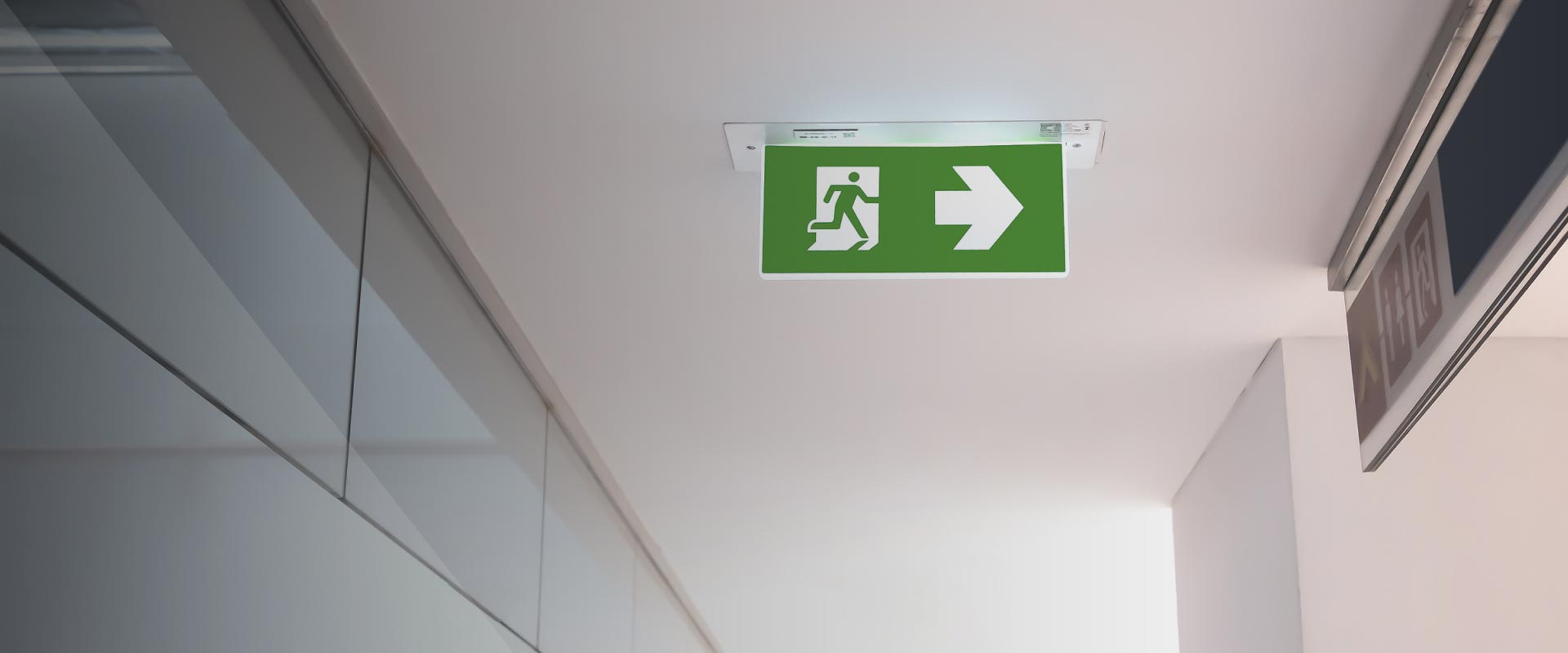
Fire Risk Assessment
Providing a range of fire-related surveying services that meet your needs exactly
What is a Fire Risk Assessment (FRA)?
A fire risk assessment is an organised and methodical look at your premises, the activities carried on there and the likelihood that a fire could start and cause harm to those in and around the premises. The aims of the fire risk assessment are:
The type of fire risk assessment required can depend on the type and age of the building, the level of documentation and record keeping, the history of refurbishment and upgrade works as well as the profile of the occupants, evacuation strategy and any potential risks posed by residents.
Why choose Sircle?
Sircle provide a wide range of fire-related surveying services. We only use experienced fire risk assessors who hold memberships and or registrations to the IFE, MIFSM, FRACS or other competent person schemes.
We validate all fire risk assessments upon completion by the assessor to ensure that the applicable guidance is followed, interpreted and communicated in a client-friendly way.
We can provide significant findings in an easy-to-understand action plan with clear, concise, and easily interpreted terminology.
Our quality management system follows a specific approach and ensures that our assessors are competent and remain competent and up to date with legislation, British Standards and relevant guidance. The FRA templates we use are closely aligned to the new 2020 PAS 79 and include critical elements of the latest Fire Safety Act.
Our FRA’s are undertaken following and supporting the five crucial steps below. We can advise on suitable FRA review or renewal dates based on the nature of the hazards identified and the applied overall premises risk rating.
Your questions answered
What are the types of Fire Risk Assessment?
There are four main types of fire risk assessment.
Type 1 – This is the most basic fire risk assessment and satisfies the current Fire Safety Order. It is a common parts only assessment and is non-destructive. It considers the means of escape, the level of compartmentation on a sampling basis where practicably achievable; this may include service risers and above suspended ceiling tiles etc. It will form the basis of any recommendation for a more enhanced type of survey if justified, along with any requirement for a full fire door inspection or compartmentation inspection. For residential premises such as a block of flats, it will consider the separating construction between apartments and the common parts. It will also sample the flat entrance doors for compliance.
Type 2 – The scope of a type 2 fire risk assessment is similar to type 1, except there will be a degree of intrusive inspection in the common parts. This may require a contractor to open up areas of assessment, ensuring they are reinstated to the same standard. Due to the nature of the work, this type of survey may only be carried out in void flats for residential premises.
A Type 2 assessment should only be carried out with valid reasoning such as a suspicion of serious structural deficiencies which could cause rapid fire spread. These assessments should not be specified as a matter of cause.
Type 3 – In residential premises, a Type 3 fire risk assessment includes the work involved in a Type 1 fire risk assessment, but goes beyond the scope of the FSO (though not the scope of the Housing Act). This risk assessment considers the arrangements for means of escape and fire detection (i.e., smoke alarms) within at least a sample of the flats. Within the flats, the inspection is non-destructive, but the fire resistance of doors to rooms is considered. Measures to prevent fire are not considered unless (e.g., in the case of maintenance of the electrical and heating installations) the measures are within the control of, for example, the landlord. A Type 3 fire risk assessment may sometimes be appropriate for rented flats if there is reason to suspect serious risk to residents in the event of a fire in their flats. (This might be, for example, because of the age of the block or reason for suspicion of widespread, unauthorised material alterations). This type of fire risk assessment will not be possible in the case of long leasehold flats, as there is normally no right of access for freeholders.
Type 4 – A Type 4 fire risk assessment has the same scope of work as a Type 3 fire risk assessment, except that there is a degree of destructive inspection. In residential premises in both the common parts and the flats this will be carried out on a sampling basis. This will usually necessitate the presence of a contractor for the purpose of opening up construction and making good after the inspection. However, the nature of the work is such that, often, destructive inspection within flats can only be carried out in those that are vacant. This is the most comprehensive fire risk assessment, but will only be appropriate in limited circumstances – such as when a new landlord takes over a block of flats in which the history of works carried out is unknown and there is reason to suspect serious risk to residents from both a fire in their own flats and a fire in neighbours’ flats. Note: Before destructive inspection is to be carried out, the risk of disturbing asbestos should be considered (e.g., by examination of the asbestos register).
Who can undertake a fire risk assessment?
Currently anyone can undertake a fire risk assessment. The crucial requirement is that the fire risk assessor must be competent in order to carry out an assessment which captures all of the risks that the premises, its use and occupants may present along with recommending the necessary remedial measures required to eliminate, reduce and manage these risks to an acceptable level. The level of expertise required by the assessor must be commensurate with the risk profile and complexity of the premises. An assessor’s individual competence along with the back-up of a company’s robust quality management system, both demonstrated by accreditation, professional membership, CPD, registrations and experience provide a strong platform for the production of excellent fire risk assessments and practical, economically feasible action plans and advice.
What does the law state?
The Fire Safety Order Requires Duty holders and responsible people to ensure the risks from fire are managed and reduced to an acceptable level. It is a legal requirement that all non-domestic premises have a valid fire risk assessment. Legislation requires a suitable and sufficient risk assessment to be carried out by a responsible person (the employer or person in control of the premises) further defined in the Fire Safety Order as:
- The employer (for a workplace to any extent under the employer’s control); or
- A person who has control of a premises in connection with them carrying out any trade, business or other undertaking (for profit or not); or
- The owner, where the person in control of the premises does not have control in connection with the carrying on by that person of any trade, business or other undertaking
Are you protecting your employees, tenants and building occupants from fire?
What is suitable and sufficient?
There is no current national level of competence required to be a fire risk assessor. This means the quality of FRA you will receive can vary hugely. The requirement for an FRA to be suitable and sufficient means that the assessor must be competent and experienced with the relevant level of training and qualifications to assess the type of premises and risk level required.
Related Services
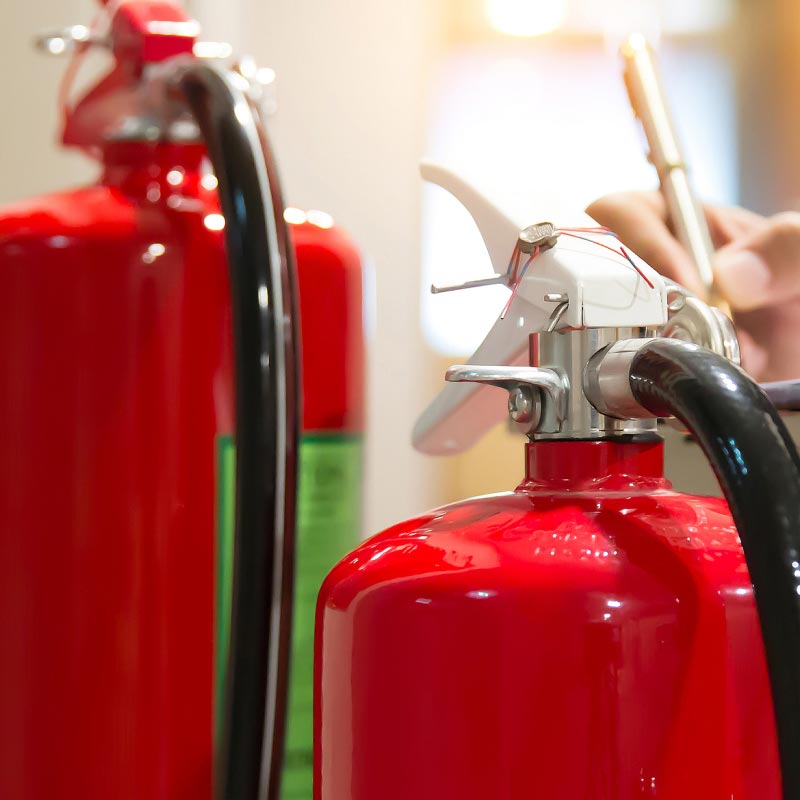 View Service
View Service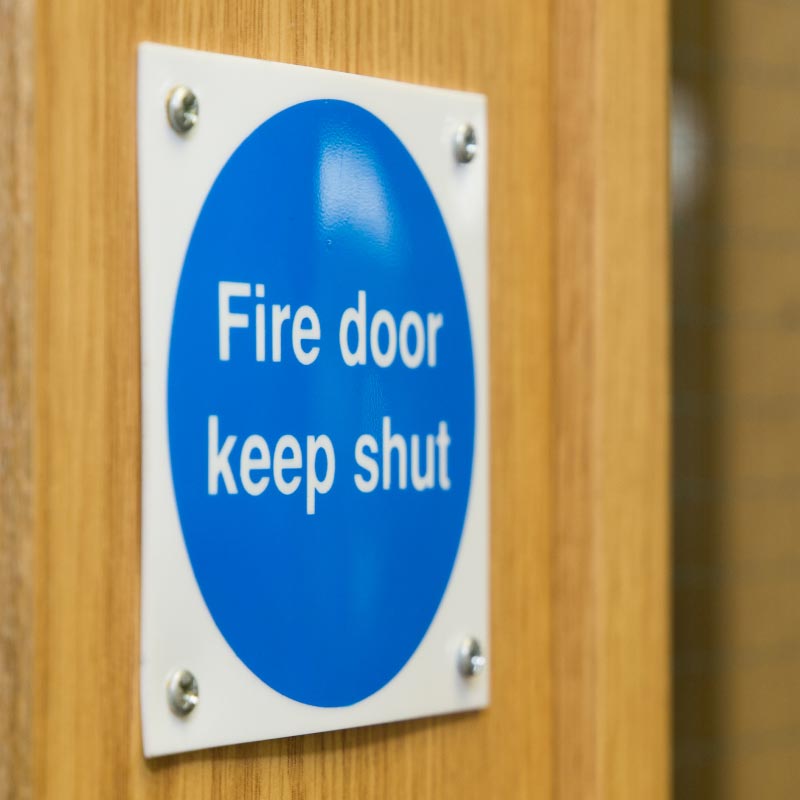 View Service
View Service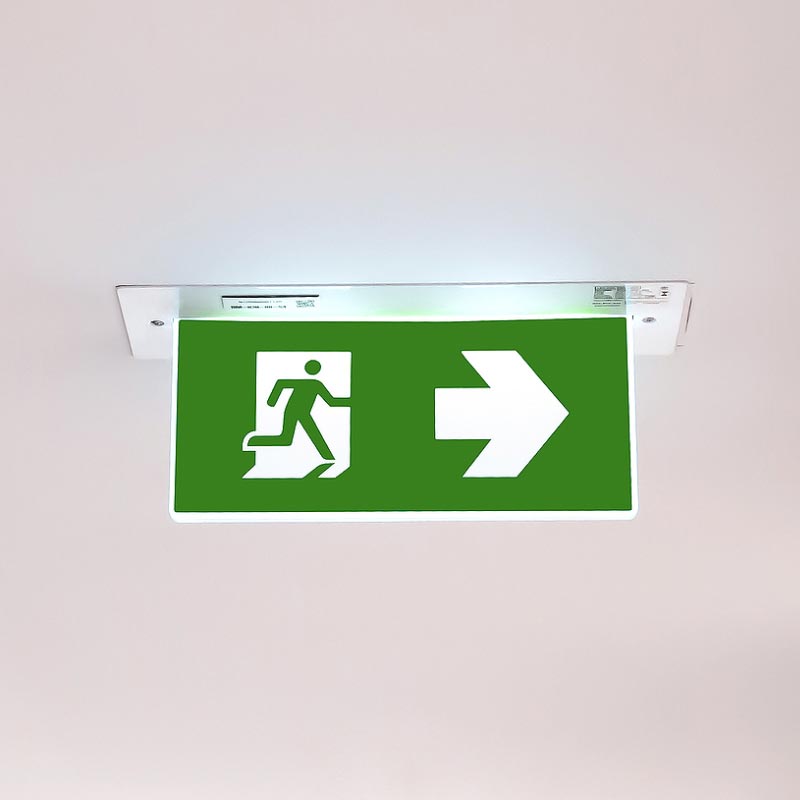 View Service
View Service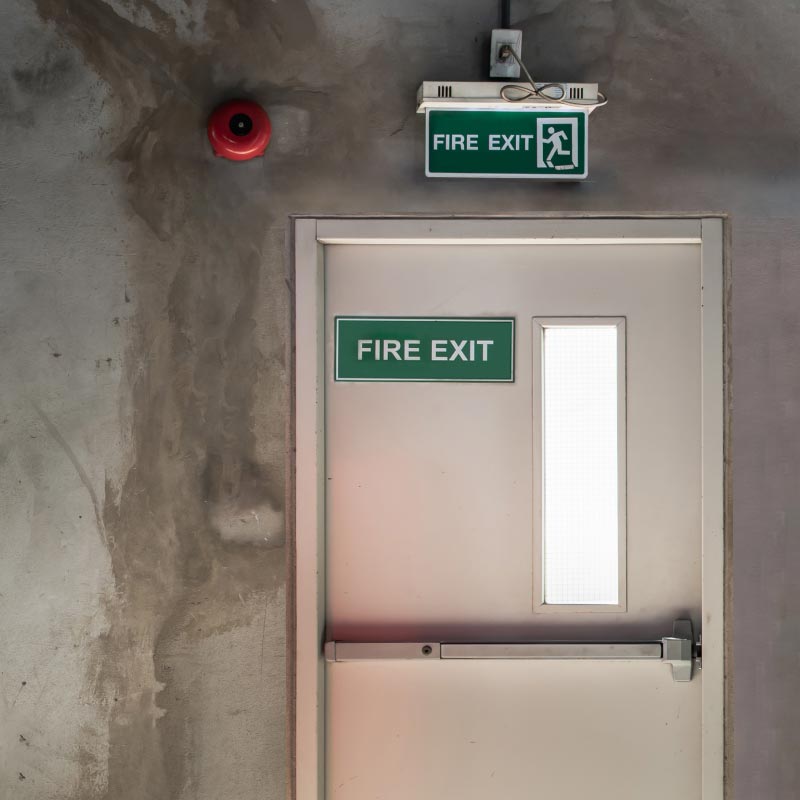 View Service
View Service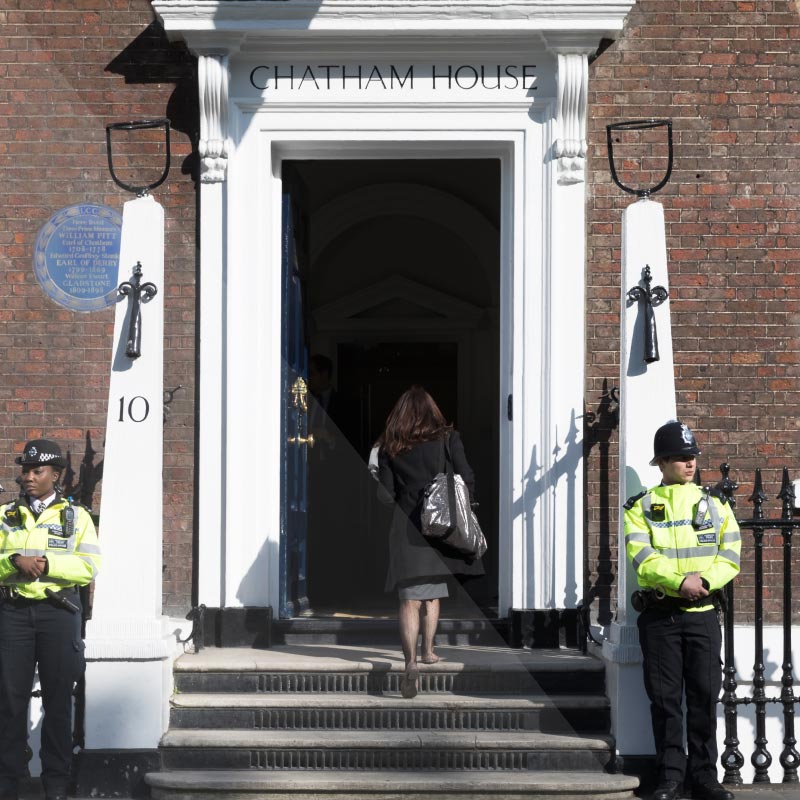
Chatham House, in partnership with IEM
Chatham House engaged with IEM to support the delivery of building compliance. There were several compliance areas that were lacking in terms of condition and detail.
Chatham House“Sircle updated our fire plans and evacuation drawings as part of a wider CAD update project. At the very early stages their friendly, helpful staff took the time to review my requirement and offer helpful advice to allow us to create accurate CAD plans detailing all of the fire information as well as create bespoke fire evacuation drawings that are now being placed throughout the Trust’s properties. I could not recommend them enough for all your fire survey and CAD creation requirements.”

